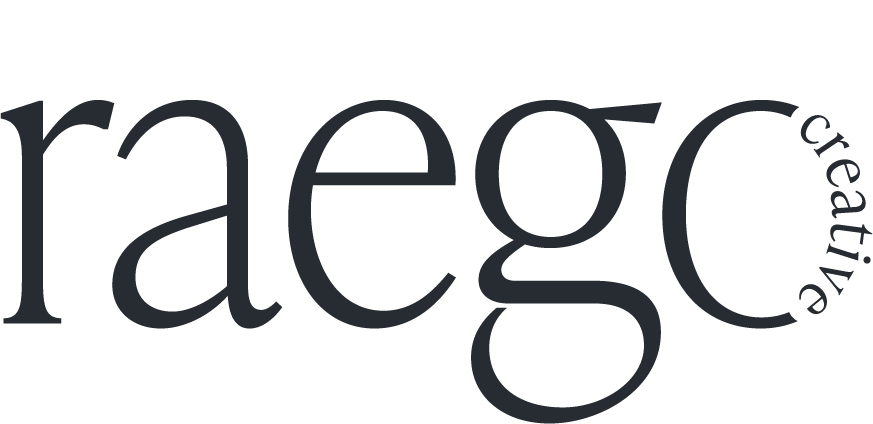Creating the perfect mood board
MAKING A MOOD BOARD“A mood board is usually one of the first stages of the design process – the stage to (literally) lay everything on the table and work out what look you’re going for.”
Flatlay, colour scheme, mood board – there’s many different names but they all essentially mean the same thing; a collection of colours, textures, finishes and fittings that together represent an abstract version of an interior space.
A mood board is usually one of the first stages of the design process – the stage to (literally) lay everything on the table and work out the look you’re going for.
They can be created digitally, by overlaying images of desired fittings and finishes (there’s lots of great templates and apps for this!). Or more commonly, using physical samples of those finishes to create a concept in real life.
Ultimately, their purpose is to help you get as close to the aesthetic of a finished space as possible before you start making the bigger investments in design fees, purchasing materials and building the damn thing!
So below I’m sharing my top tips for getting started, and creating a mood board that you not only love, but will help you save both time and money with your next interior design or renovation project.
A step-by-step guide
pre-mood boardBefore getting started, you’ll hopefully have already done some research on what direction your project is going to take. You could start by Pinning your favourite looks to a board on Pinterest to get the creative juices flowing.
You will also need to consider what it is you’re actually going to need for your space. If you’re designing a new bathroom, you’ll need to work out what fixtures and finishes you need – and most importantly, what your budget is.
It could be as simple as creating a note on your phone with a list of everything from tiles, joinery, fittings, and flooring. Then coming up with a budget for what you’re willing to spend on both each item and the project as a whole, including drafting, building and trade costs.
getting your samplesIf you’re creating your mood board digitally, this process is pretty straight forward. You can simply copy/save the images of your desired fixtures and finishes from the website of each vendor, and start creating.
You could use free platforms such as Adobe Express, Canva, or Style Sourcebook for this, or there’s also some platforms that are specifically designed to help you create mood boards with AI, such as Mattoboard.
If you’re wanting to use physical samples, thankfully getting your hands on the goods is also relatively easy to do.
Most vendors offer the ability to order a small number of samples for free directly off their website (or for a small fee). You’ll want to try and get as many samples for the items on your list as possible. Tiles, curtain fabrics, carpet, hard flooring, joinery, metal finishes – you name it.
If you’re thinking of working with a local designer, they may also be able to assist you during this initial phase in sourcing vendors and samples that may fit your project and aesthetic.
Top tip – if you have the option, always order a few more colour/style options than you think you may need. You’ll want some additional options of each piece that you can swap in or out depending on how it all starts coming together!
getting startedNow that you’ve got everything you need in front of you, the fun part can begin.
When I’m creating a mood board, I like to start with the foundation pieces first. This includes elements like hardwood flooring and carpet, tiles, and window furnishings. They’re also the biggest and heaviest pieces which helps from a practical standpoint when layout your samples out too.
Like I said, these are the foundation elements. They generally take up the most square meterage, and therefore the most space visually, so it’s important that these elements are grounded before moving on to secondary elements that act more as accents and features.
building your designOnce you have the foundation elements locked in, then you can start building the rest of your design around them.
This is a good time to look back at your research inspiration – what quirky elements do you like within them? What colour stands out to you the most? What textures are you hoping to include?
Then you can begin layering your ‘feature’ or ‘accent’ elements onto your foundation elements – like joinery swatches, cabinet hardware (handles), metal finishes, furniture fabrics and custom upholstery. This is where it all starts to come together and you can really visualise how your space will look aesthetically.
having funYou might lay everything together on the first go and absolutely love it. Job done. And hey, I’m all for that!
But I challenge you to have some more fun. If you followed my advice while ordering your samples, you’ll have a raft of other options that you can play with.
So go ahead – swap out that kitchen cabinet swatch for another wood-look option, try another finish of metal. You might stumble upon a design you might have never considered, but absolutely adore.
summaryWhether you’re just testing the waters or ready to get really down and dirty with your next design project, mood boards are the perfect place to start for more reasons than one.
They allow you to get a real-world hold on what the aesthetic of your space will look like for little-to-no cost. In doing so, they can also save you a lot of money down the track through avoiding purchases or decisions that are not going to work out the way you envisioned.
But if nothing else, they’re a whole lot of fun!


